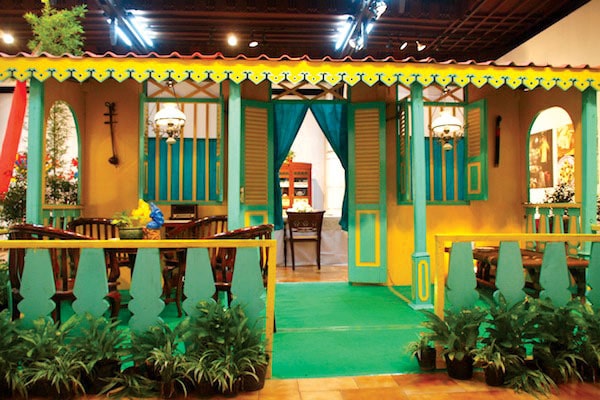
Gigi balang is a traditional Betawi pattern often used in vernacular architecture. Beyond simple decoration, this ornamental pattern is symbolic of a Betawi philosophy on life.
The term gigi balang comes from gigi belalang, or ‘grasshopper teeth’. This comes from the idea that grasshoppers, on their pursuit to bite their way through wood, can only do so through continued hard work for an extended period of time. This inspired the life philosophy among Betawi people that they must work diligently, patiently and thoroughly in order to achieve their goals. This was then physically manifested into the gigi balang pattern.

Typically, gigi balang patterns have a base with a hole and a pointed arrowhead edge (facing down), though there are five varieties: Tumpal, Wajik (diamond), Wajik Susun Dua (double stacked diamonds), Potongan Waru (spade cut), and Kuntum Melati (jasmine flower). Despite their visual differences, all portray the same symbolic meaning. According to Betawi cultural practitioner, Yahya Andi Saputra, the base represents humans and their relationships with each other, living creatures and the environment, whilst the arrow point leads to God, i.e. the peak of a mountain.
This pattern is commonly found on a rumah kebaya, a traditional Betawi house, embellishing the eaves the roof. This gives these houses a particular ‘skirting’ look, similar to that found on the traditional kebaya blouse, hence its name. Though a subtle detail, you will actually find this pattern across Jakarta’s public infrastructure, whether decorating the roofs of bus shelters, the sides of bridges and fly overs, and of course office buildings.

On 1 February 2017, the Jakarta Provincial Government declared gigi belang one of eight official Betawi Cultural Icons to be preserved and protect, alongside ondel-ondel, manggar, sadariah clothes, kebaya kerancang, Betawi batik, kerak telor, and bir pletok.






